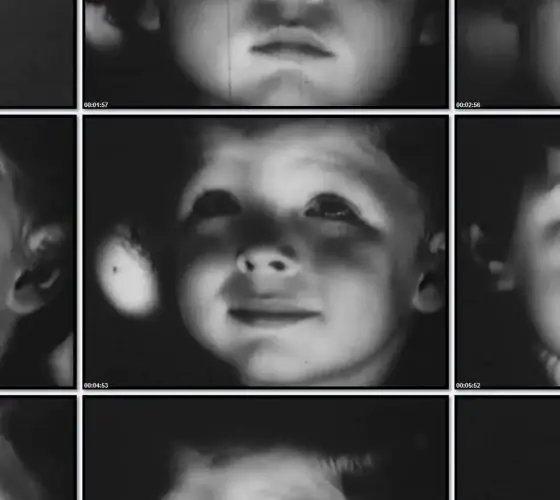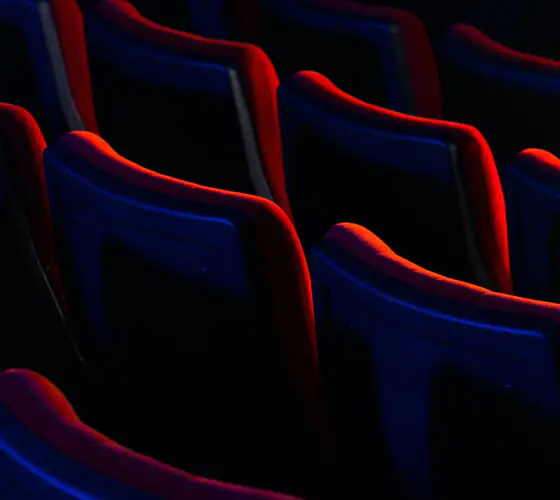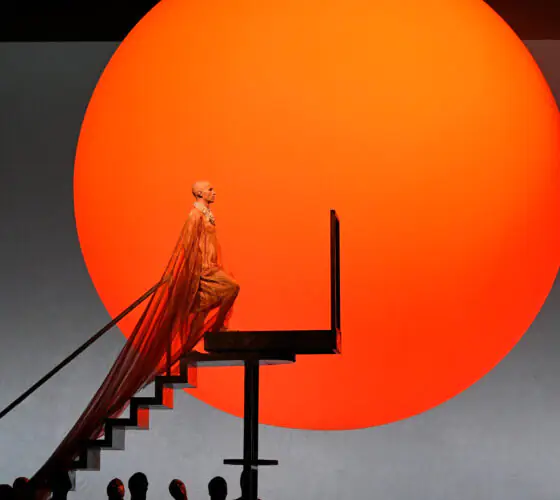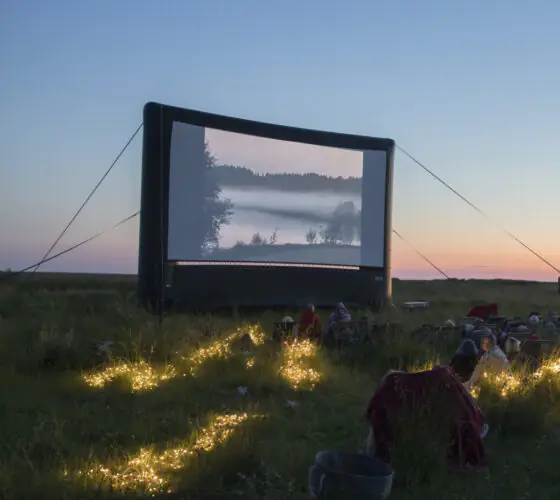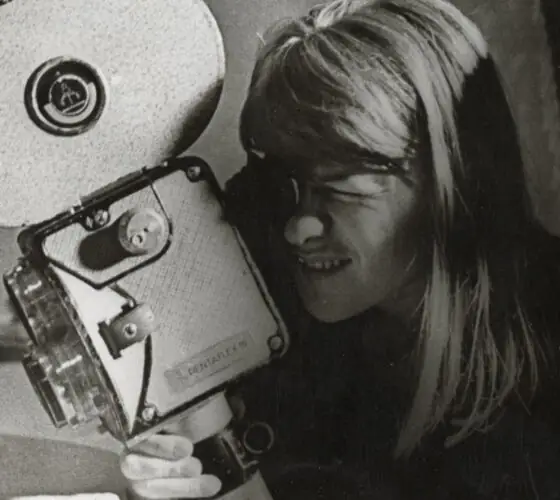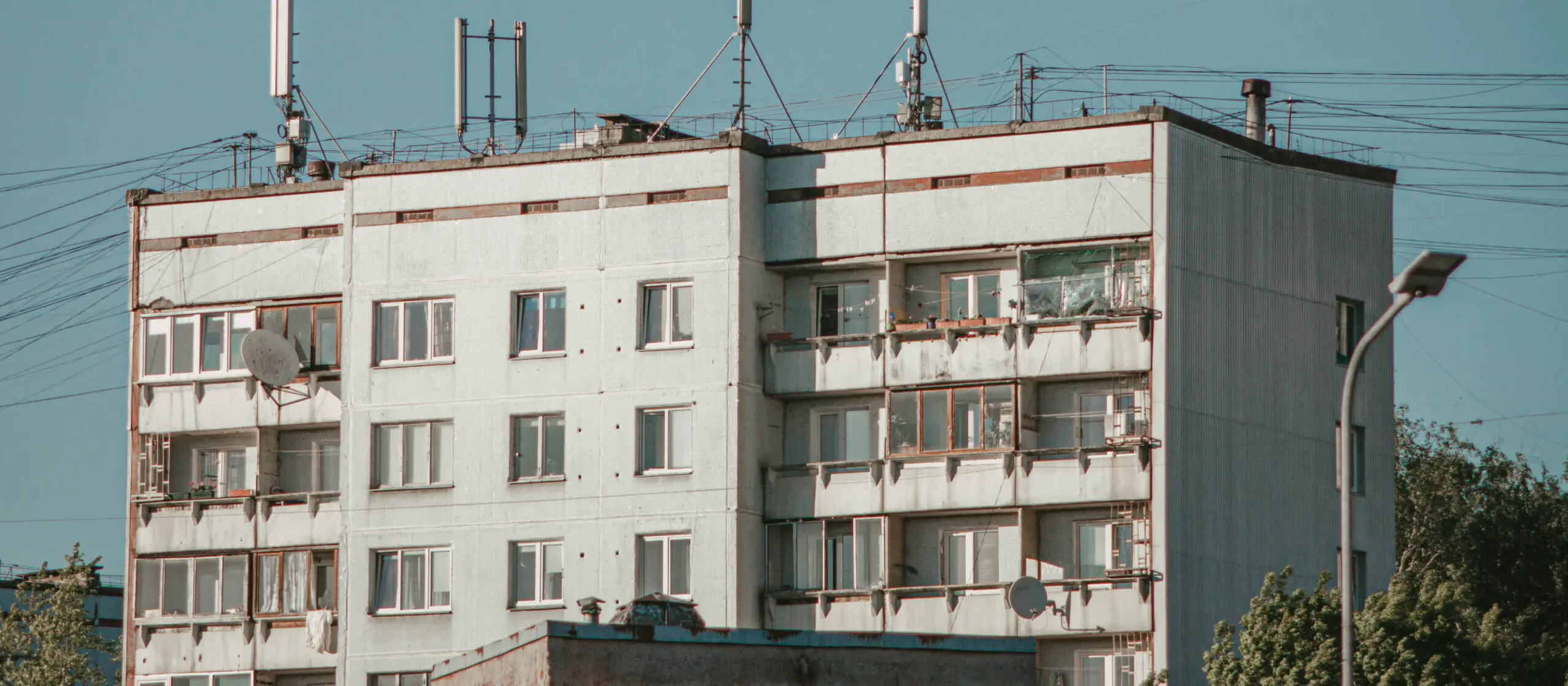
unsplash.com
Latvian Documentary History
The history of documentary cinema in Latvia began taking shape during the Soviet years, at the same time some of the traditions and features of this genre began to form which can still be seen in national cinema. In the post-war period, Soviet documentaries were dogmatic and propagandistic, designed to meet government needs. However, it was already in the 60s when there was a turning point with young Latvian directors entering the stage, mainly graduates of VGIK who looked at the world in a new way. They passionately wanted to convey this new vision in films, expand the viewer’s understanding of the world and with the help of movies tell something that can’t be expressed in words.
What did these ambitious filmmakers want? Their idea was to get closer to the reality of life, while using poetic forms of expression, metaphors, a picturesque visual series in their work while minimizing the voiceover text and paying great attention to details that speak much more eloquently about what is happening compared to read out phrases of the announcer. Based on all of these aspirations, the Riga Poetry School of Documentary Films, later known all over the world, began to be formed on the basis of the Riga Film Studio.
Poetic Documentary Classics
The first film that marked the beginning of the country’s rich documentary period was “White Bell” (1961) by Ivars Krauklitis about the daily life of Riga in the sixties. With a little girl in a white dress in the lead role this film entered the cultural canon of Latvia.
Along with “White Bell”, the film “10 minutes older” (1978) by Herks Franks about the experiences of a three-year-old boy watching a puppet show was recognized as a cultural documentary masterpiece. It’s impossible not to mention the most popular Latvian documentary “Is it easy to be young?” (1986) Juris Podnieks on young people restlessly searching for themselves and their place in the world. Also included in the cultural canon is the colorful film “The Crossroad” (1988) by Ivars Seleckis about the inhabitants of an 800 meter long street between the neighborhoods of Riga – Imanta and Ilguciems.
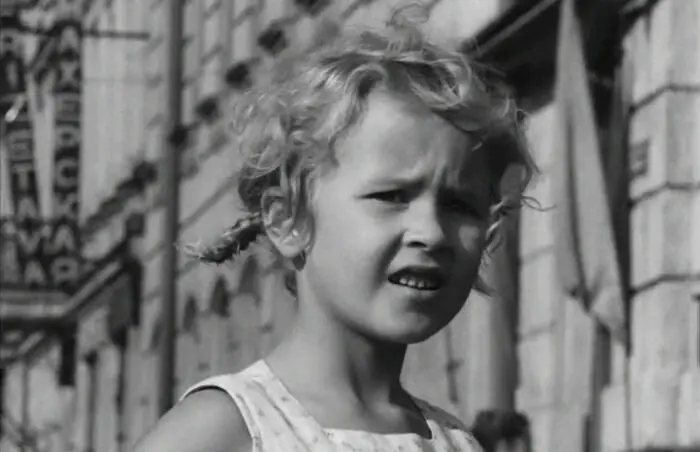
filmas.lv
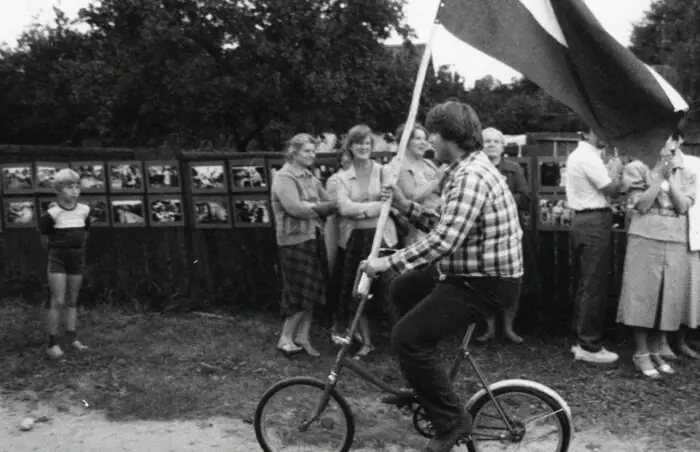
filmas.lv
However, it’s not just documentaries devoted to the life and way of living of Latvians that have become classics. One of the large-scale and iconic projects of the Riga Documentary School was the silent film “235.000.000” (1967) by Uldis Browns. 235 million – that’s how many inhabitants there were at that time in the USSR. And the Latvian director together with another famous filmmaker Hertz Frank managed to shoot an amazing visual and montage picture of Soviet life in different republics over four years and without turning it into a product of conveyor state orders.
What makes the classics of Latvian documentary cinema, created during the Soviet years so original? How does it compete with the world today? The Riga Documentary Film School was able to look at reality with a free look, and then differently reflect the world squeezed into ideological frameworks. The younger generation of directors managed to create world class masterpieces, avoiding propaganda demands and maintaining a balance between government orders and the poetic embodiment of life on the screen. These features of metaphoric and artistic image can be seen in modern Latvian documentaries.
Contemporary Documentary Cinema
One of the proofs that documentary films are highly valued and locally respected to this day is the 2018 program “Latvian Films for the Centenary of Latvia”. 8 out of 16 films here are documentaries. Two of them are closely related to the history of Latvian documentary cinema: “To Be Continued” by Ivars Seleckis and “Bridges of Time” by Kristine Briede. The film by veteran documentary filmmaker Ivars Seleckis was even nominated from Latvia for the Academy Award in the nomination “Best Foreign Film” in 2018. “Bridges of Time” tells about the historical cinematic tradition of documentary cinema of the Baltic countries – Latvia, Lithuania and Estonia.
The figures speak for themselves: about 30–40 full-length and short documentaries are created annually in Latvia. A subgenre that has become very popular is feature documentary films with some vivid examples like “Baltic Tribes” (2018) by directors Lauris and Raitis Abele about the Baltic tribes of the 13th century and “Merija’s Journey” (2018) by Kristina Zhelve about the artistic values returning to Latvia after the Second World War.
The participation of Latvian documentary films at international festivals proves the value of documentary filmmaking not only locally, but globally as well. Latvia also hosts documentary film festivals – Baltic Sea Docs and Artdocfest. From 1977 to 2007, the famous Riga and Jurmala documentary film symposiums were hosted here. Now ArtdocFest/Rīga has taken the role of a platform where you can discuss important issues and discover new aspects of documentary filmmaking.
What we recommend
“Everything will be alright” (2023)
Latvian director Stanislav Tokalov is trying to answer the question of what the Russian-speaking community in Latvia looks like, whether this diaspora has an identity, and how can it be shaped. For the basis the documentarian took the story of three generations of women in his family: grandmother, mother and sister. “Everything will be alright” sometimes with humor, sometimes with bitterness shows whether the family of emigrants who came to Latvia back in 1955 managed to find their place in the country after 30 years of state independence.
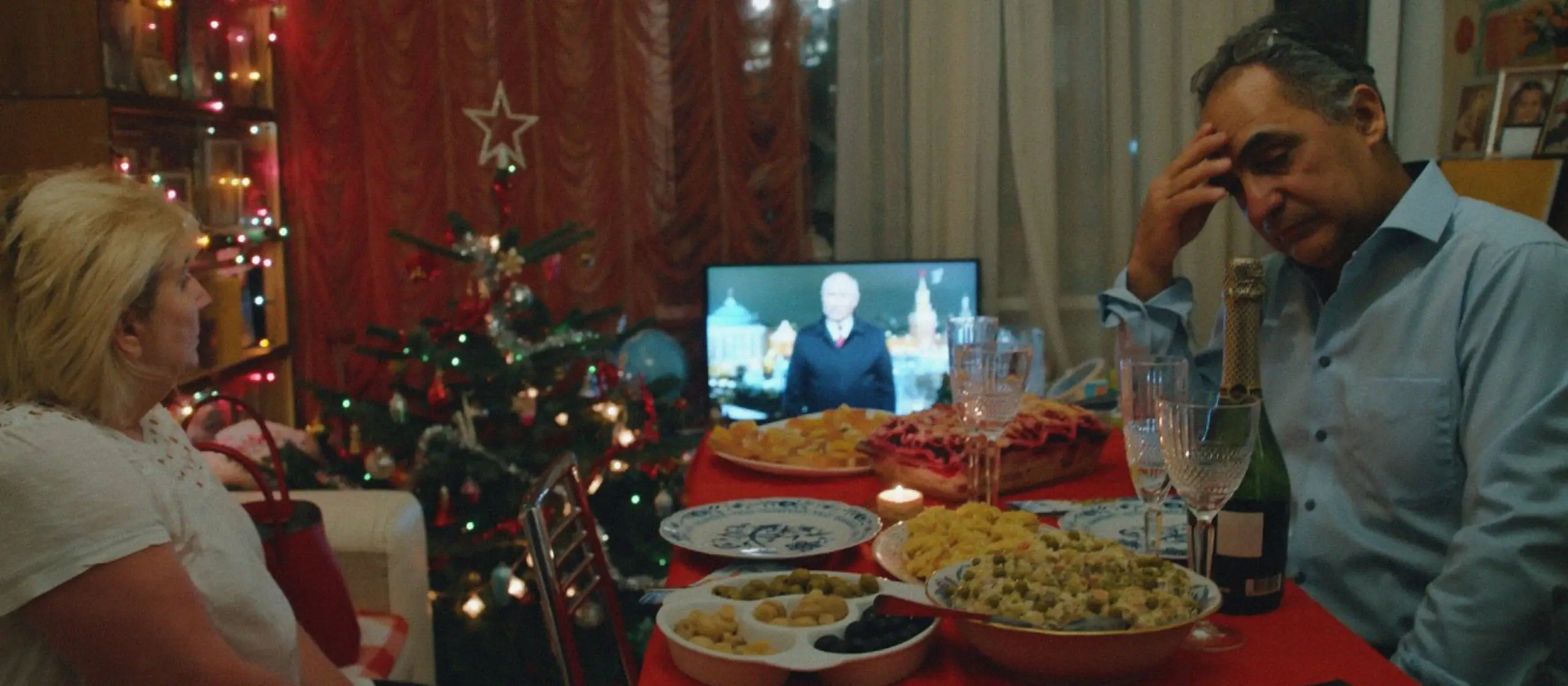
filmas.lv
“Mothers and Others”/”Klātbūtne”(2020)
Directors Liene Linde and Armand Zach talk about a difficult and intimate period — the birth of life. The idea for this film arose from the director himself after he witnessed this process personally, he wanted to honestly and without filters show on the screen about what pregnancy is in a woman’s life. Is the expectation of the baby always a cherished event or are these stereotypes imposed by society and fueled by the media? How the world changes around this woman, what experiences she goes through, and what pitfalls can hide during this difficult path. “Klātbūtne” is a film about humanity, truth and empathy.
“Pelican in the Desert” (2014)
The perceptive documentary filmed in the homeland of director Viesturs Kairish will reveal the country’s national characteristics – Latgalia, a small island of tranquility, serenity and exclusivity. The meditative and even magical film shows the peaceful everyday life of the inhabitants of Latgale, the poverty and traditions of the Old Believers, the destroyed Jewish synagogues. Kairish writes his myth about the “disappearing Atlantis” of modernity, where the greatness of nature prevails over man.
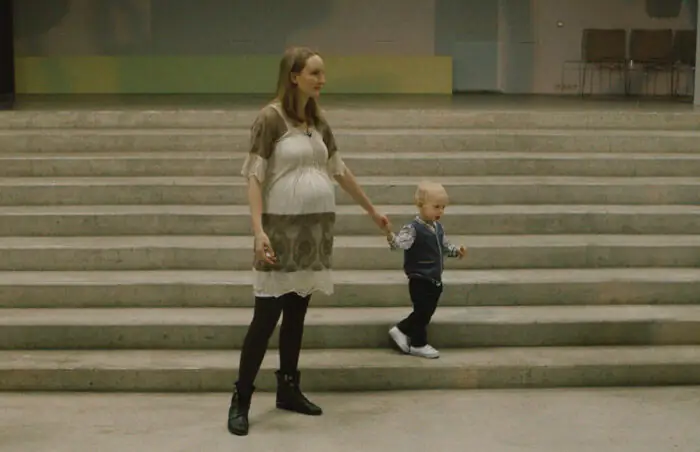
filmas.lv
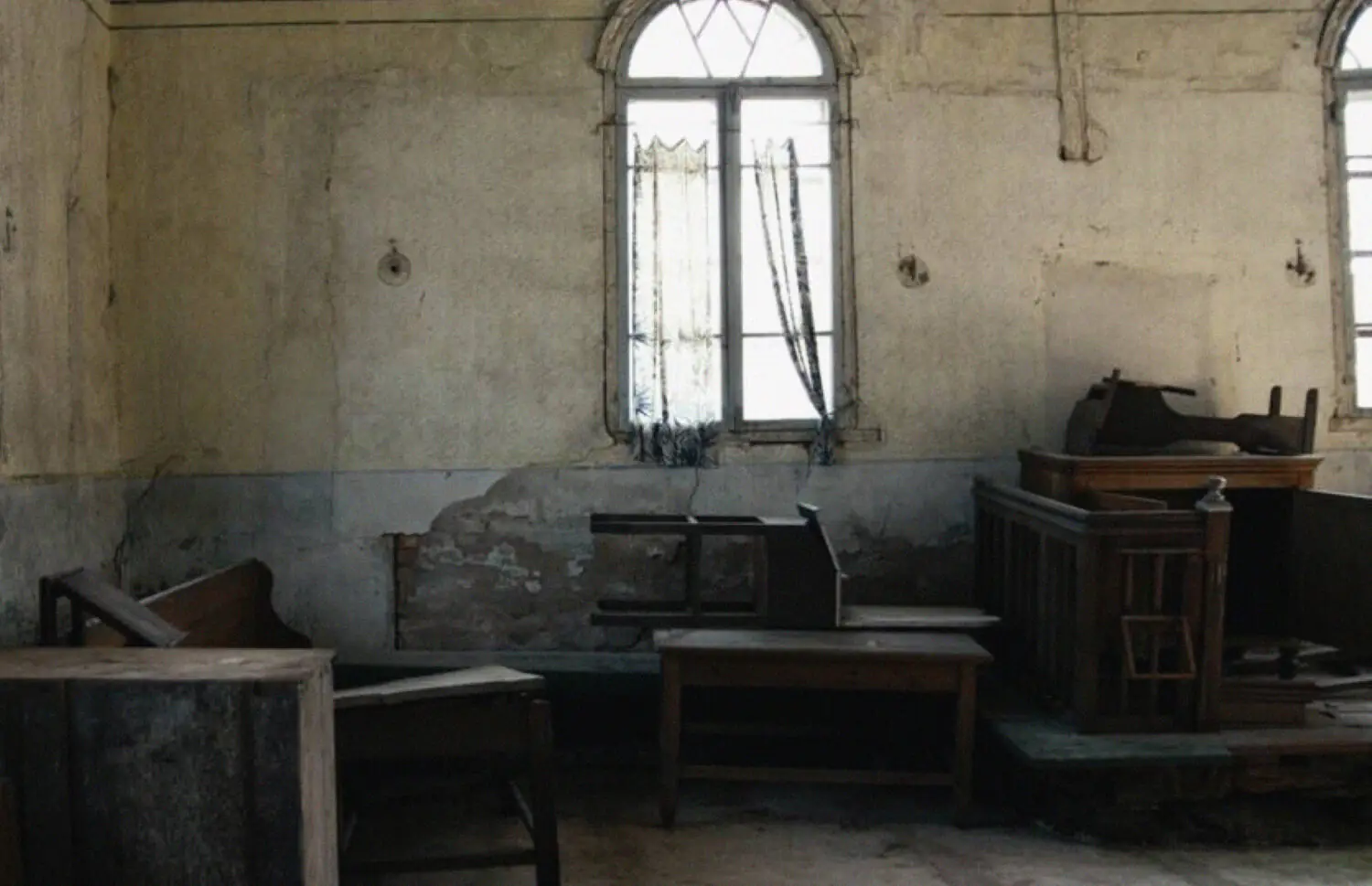
filmas.lv
“Riga. Ten Years After” (2001)
Arta Biseniece painted a portrait of a new generation of Latvian residents who were born and raised in the Soviet period, but after ten years of independence, they are entirely different people. The younger generation forgot about that life, as if it had never even existed. What are their dreams, goals and aspirations now? Arta’s film is not only about the changes in the minds of young people, it is about the changes in Riga, the whole of Latvia in all its spheres, economic, political and cultural. The main characters are representatives of their generation, whose lives and fates individually create a collective portrait of the modern Latvian inhabitant in an independent state.


